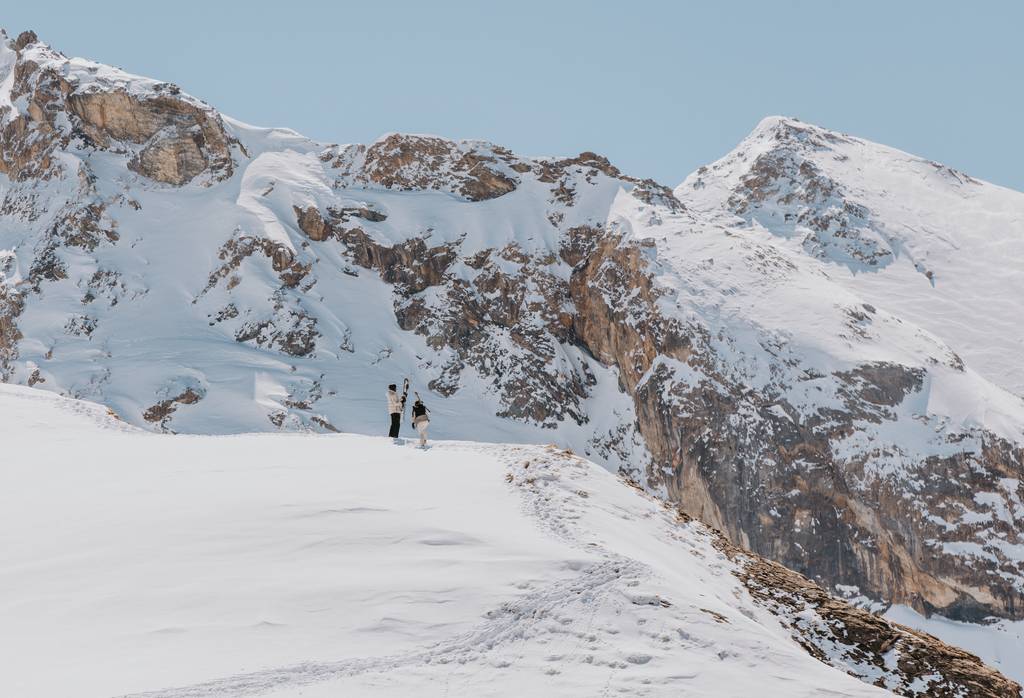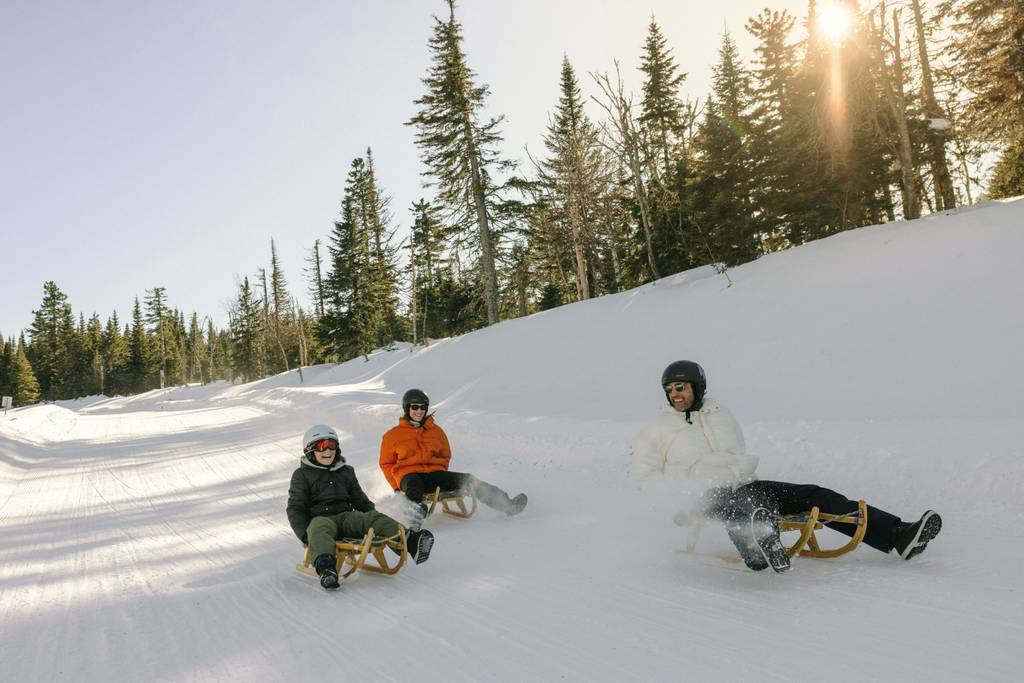What Are Ski Bindings?
Ski bindings are a crucial bit of kit for every skier, no matter their skill level. The bindings are the connection between a skier and their skis as they transfer energy from the body into movement on the snow.
Some manufacturers design skis with a pre-picked track mounted on bindings to ensure optimal performance. Other skis come with drill-mounted bindings, which have to be drilled into the surface of the sky and permanently attached by professionals.
Of course, there are advantages and disadvantages to both, which is why it’s important to choose the right pair.



